Rising Healthcare Expenditure
The upward trend in healthcare expenditure is a significant driver of the Intravenous Equipment Market. As countries allocate more resources to healthcare, the demand for advanced medical technologies, including intravenous equipment, is likely to increase. Data suggests that healthcare spending is projected to rise substantially in the coming years, driven by factors such as an aging population and the need for improved healthcare services. This increase in expenditure enables healthcare facilities to invest in state-of-the-art intravenous equipment, enhancing treatment capabilities and patient care. Moreover, higher healthcare budgets often lead to the expansion of healthcare infrastructure, which further stimulates the demand for intravenous therapies. Consequently, the Intravenous Equipment Market stands to gain from this trend, as increased investment in healthcare translates to greater utilization of intravenous solutions.
Regulatory Support and Standards
Regulatory support and the establishment of stringent standards are pivotal in shaping the Intravenous Equipment Market. Regulatory bodies are increasingly focusing on ensuring the safety and efficacy of intravenous products, which fosters consumer confidence and drives market growth. For instance, the implementation of guidelines for the design and manufacturing of intravenous equipment has led to improved product quality and safety. This regulatory environment encourages innovation and investment in the sector, as companies strive to meet compliance requirements. Furthermore, the emphasis on patient safety and quality assurance is likely to result in increased demand for certified intravenous equipment. As healthcare providers prioritize the use of compliant products, the Intravenous Equipment Market is expected to benefit from this supportive regulatory landscape, facilitating its growth trajectory.
Rising Prevalence of Chronic Diseases
The increasing prevalence of chronic diseases such as diabetes, cancer, and cardiovascular disorders is a primary driver of the Intravenous Equipment Market. As these conditions often require long-term treatment and management, the demand for intravenous therapies has surged. According to recent data, chronic diseases account for approximately 70% of all deaths worldwide, necessitating effective treatment options. This trend is likely to propel the growth of the intravenous equipment sector, as healthcare providers seek reliable and efficient solutions to administer medications and fluids. Furthermore, the aging population, which is more susceptible to these diseases, further amplifies the need for advanced intravenous equipment. Consequently, the Intravenous Equipment Market is poised for substantial growth as healthcare systems adapt to meet the rising demand for chronic disease management.
Technological Innovations in IV Equipment
Technological advancements in intravenous equipment are significantly influencing the Intravenous Equipment Market. Innovations such as smart infusion pumps, needle-free systems, and automated IV systems enhance the efficiency and safety of intravenous therapies. For instance, smart infusion pumps equipped with dose error reduction systems can minimize medication errors, which is a critical concern in healthcare settings. The market for infusion pumps alone is projected to reach several billion dollars by 2026, reflecting the growing reliance on technology to improve patient outcomes. Additionally, the integration of telemedicine with intravenous therapies is emerging, allowing for remote monitoring and management of patients. This convergence of technology and healthcare is likely to drive the demand for advanced intravenous equipment, positioning the Intravenous Equipment Market for continued expansion.
Increasing Demand for Home Healthcare Solutions
The shift towards home healthcare solutions is reshaping the Intravenous Equipment Market. As patients increasingly prefer receiving care in the comfort of their homes, the demand for portable and user-friendly intravenous equipment is on the rise. This trend is supported by the growing emphasis on patient-centered care and cost-effective treatment options. Data indicates that the home healthcare market is expected to grow significantly, with a substantial portion of this growth attributed to intravenous therapies. Home healthcare not only reduces hospital readmission rates but also enhances patient satisfaction. Consequently, manufacturers are focusing on developing intravenous equipment that is suitable for home use, such as lightweight infusion pumps and easy-to-use administration sets. This evolution in care delivery is likely to drive the Intravenous Equipment Market forward as it adapts to meet the needs of home healthcare.


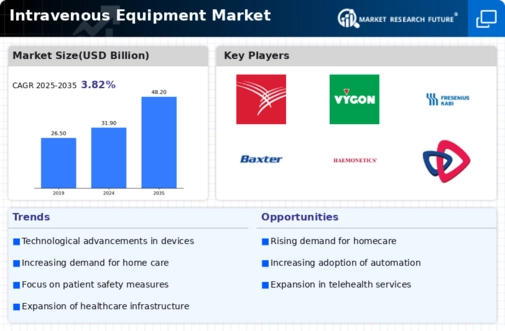
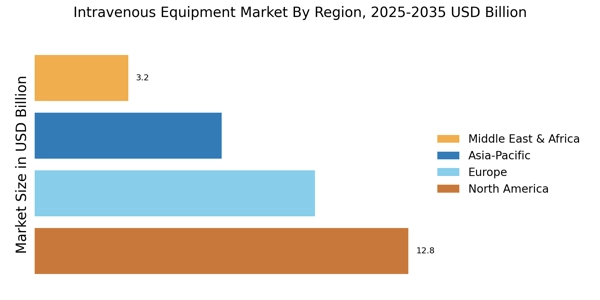

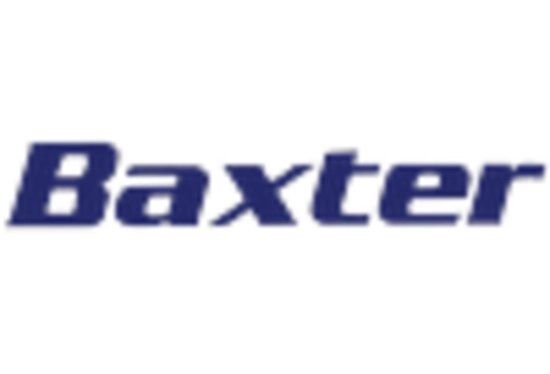

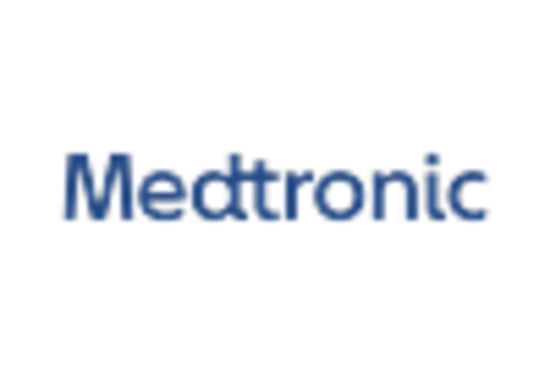
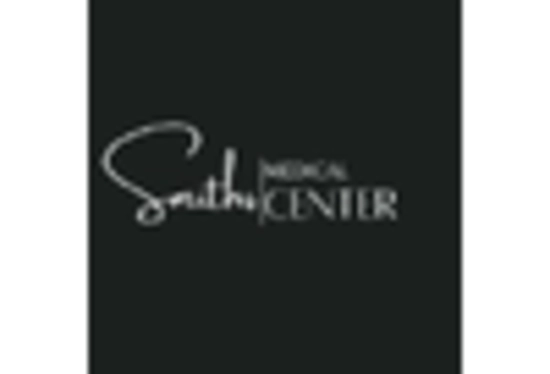









Leave a Comment